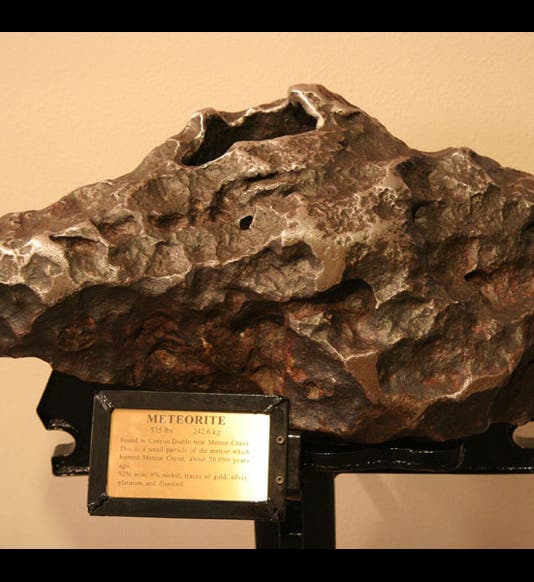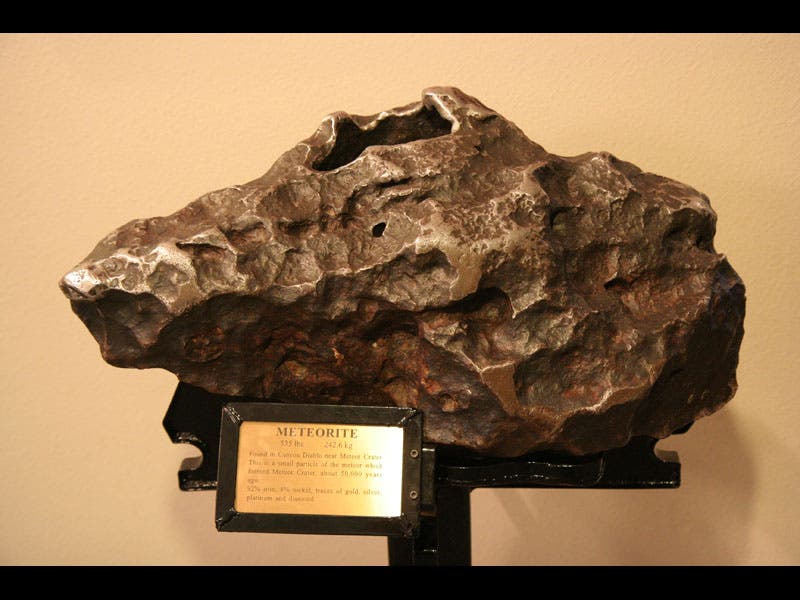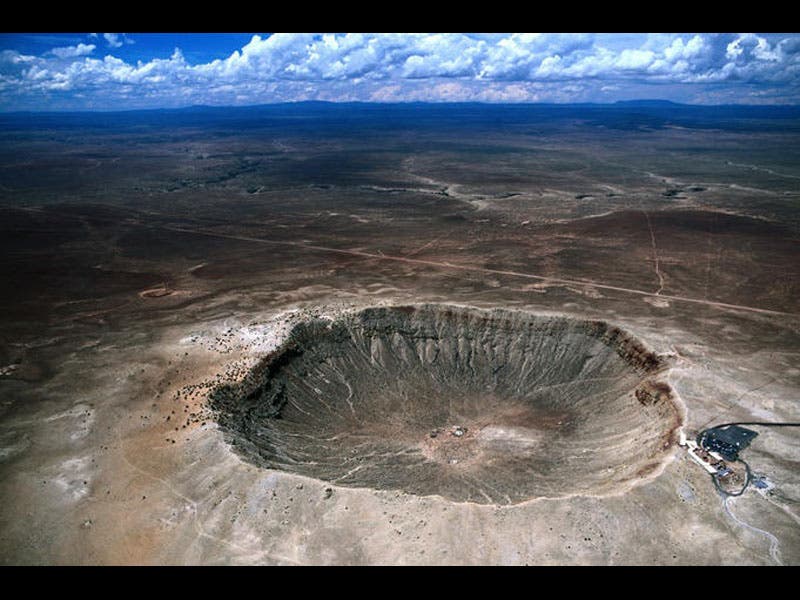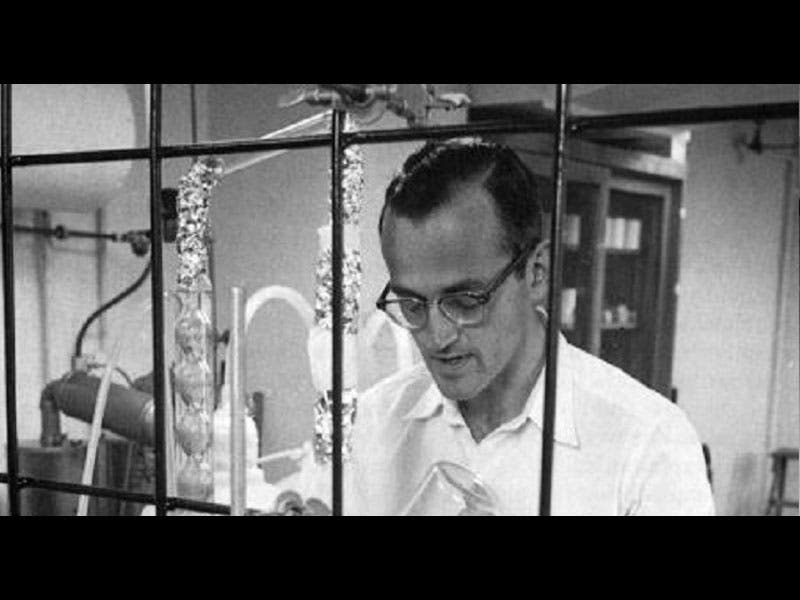Scientist of the Day - Clair Patterson
Clair Patterson, an American geochemist, was born June 2, 1922. Patterson is one of the most unsung of the great 20th-century geologists. His specialty was geochronology--the dating of the Earth. Ever since 1907, when radiometric dating was first proposed, the basic technique for dating the Earth had been the same: compare the amount of uranium in a rock with the amount of its radioactive decay byproduct, a specific isotope of lead. The more lead (and the less uranium), the older the rock. But this was a difficult series of measurements, complicated by the fact that one had to estimate how much lead was in the rock to start with (primordial lead). As a result, estimates of the Earth's age varied a great deal. Back in 1913, Arthur Holmes measured the Earth's age at about 1.6 billion years. By 1947, Holmes had pushed the age back to about 3.4 billion years, and that was the generally accepted figure when Patterson came on the scene, taking up academic residence at the California Institute of Technology in 1952.
Since it was pretty well acknowledged that the oldest rocks on Earth were younger than the Earth itself (the Earth having been molten in its early days), Patterson turned to meteorites, judging that the oldest meteorites and the Earth formed at about the same time. He worked with a number of meteorites, and especially with fragments of the Canyon Diablo meteorite (first image), which formed Meteor Crater in Arizona (second image). Developing very precise measuring techniques, Patterson arrived in 1956 at an age for the Earth of 4.550 billion years, with an error of +/- 70 million years. Amazingly, 60 years later, this is still the textbook age of the Earth. It is hard to think of any other physical measurement that has not needed to be refined and corrected after even 10 years.
The photograph of Patterson (third image) was taken in 1952, at the time he was just beginning his geochronological work. Later in life, Patterson was instrumental in striving to restrict human-produced lead from the environment, especially from gasoline, but that is a story—a very important story—for another occasion.
Dr. William B. Ashworth, Jr., Consultant for the History of Science, Linda Hall Library and Associate Professor, Department of History, University of Missouri-Kansas City. Comments or corrections are welcome; please direct to ashworthw@umkc.edu.









